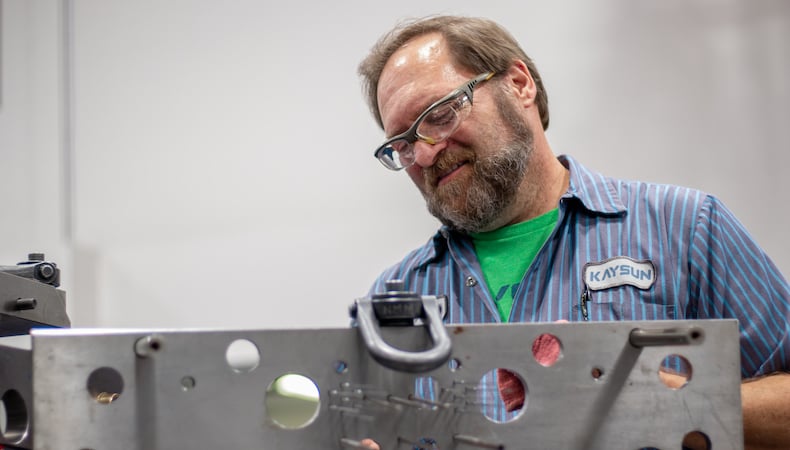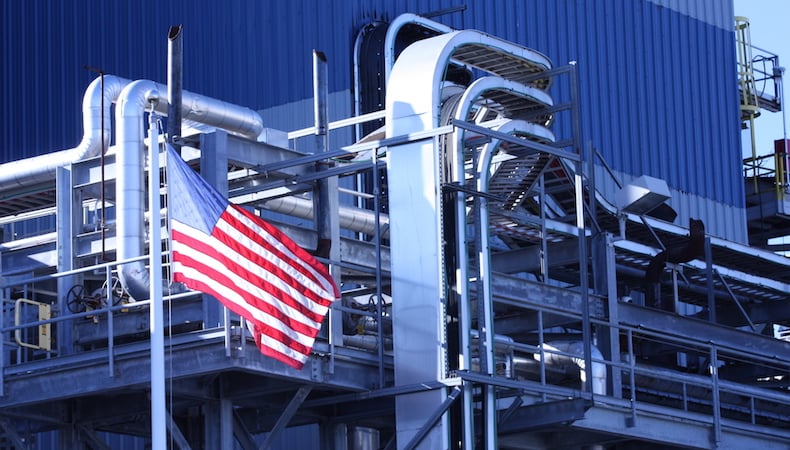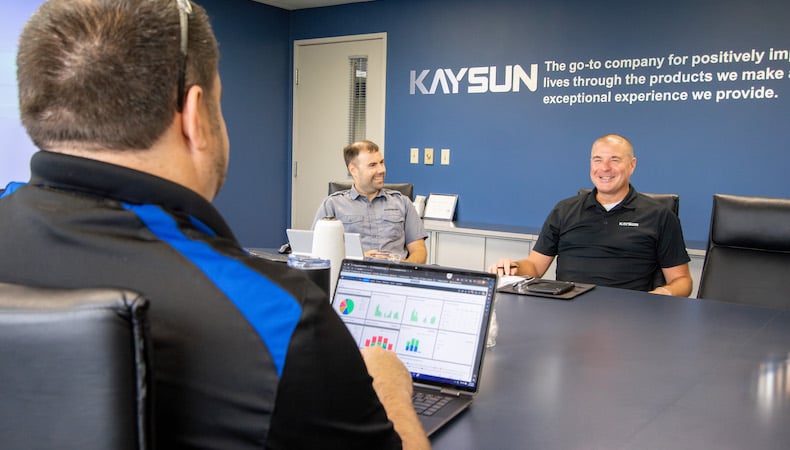Featured Blogs
Kaysun Integrates AI on the Production Floor with RJG CoPilot
![production-floor]()

Kaysun Integrates AI on the Production Floor with RJG CoPilot
Industry 4.0 has made manufacturing more dynamic than ever before. Merging IoT, AI, and big data enables faster, more accurate, …
READ MORE
Injection Molding Quotes: 5 Tips to Help Get Tooling Right


Injection Molding Quotes: 5 Tips to Help Get Tooling Right
READ MORE
4 Ways Reshoring Remains A Win for American Manufacturing


4 Ways Reshoring Remains A Win for American Manufacturing
READ MORE
Top 3 Custom Injection Molding Trends to Watch in 2025


Top 3 Custom Injection Molding Trends to Watch in 2025
READ MORE
Browse All Kaysun Articles
How Kaysun’s Culture of Sustainability Benefits OEMs and The Planet
![culture-of-injection-molding-sustainability]()

How Kaysun’s Culture of Sustainability Benefits OEMs and The Planet
Injection-molded parts and products are staples for OEMs in industries ranging from …
READ MORE
The Impact of Non-Uniform Injection Molding Wall Thickness
![injection-molded-parts]()

The Impact of Non-Uniform Injection Molding Wall Thickness
Shrink rates for plastic parts vary depending on the materials used and the uniformi…
READ MORE
12 Common Injection Molding Questions — Answered!
![discussing-an-injection-molding-project]()

12 Common Injection Molding Questions — Answered!
Injection molding is a versatile and precise process, making it ideal for OEMs that …
READ MORE
How Centralized Material Handling Streamlines Injection Molding
![]()

How Centralized Material Handling Streamlines Injection Molding
We consistently look for new ways to deliver timely service and top-quality parts to…
READ MORE
How RJG Master Molder I/II Defines Injection Molding Excellence
![kaysun-engineer-reviewing-part]()

How RJG Master Molder I/II Defines Injection Molding Excellence
In custom injection molding, quality and precision are both an expectation and a goa…
READ MORE
5 Engineering Factors That Improve Your Injection Molding Project
![engineers-at-conference-table]()

5 Engineering Factors That Improve Your Injection Molding Project
In many complex industries, decisions about which injection molder to use for custom…
READ MORE
